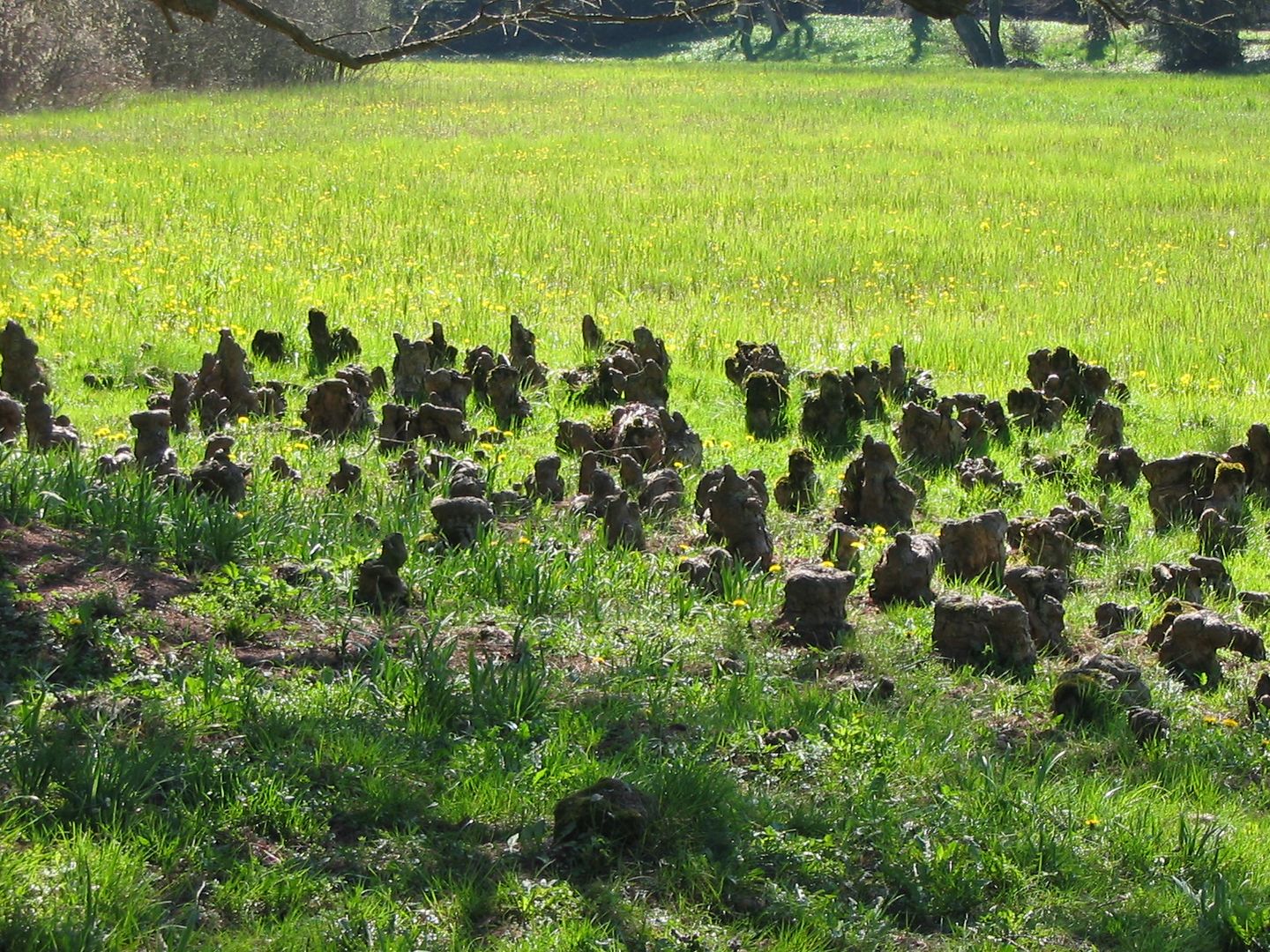The Kórnik Arboretum
7

Overview
The Kórnik Arboretum, located in the Greater Poland Voivodeship, is the oldest and most species-rich arboretum in Poland, as well as the fourth largest in Europe. On its vast grounds of over 50 hectares, there are more than 3,500 taxa of trees and shrubs, including numerous exotic species. Both the arboretum and Kórnik Castle are listed in the register of monuments and recognized as a historical monument. The history of the arboretum dates back to the first half of the 19th century when it was established by Count Tytus Działyński around the castle. Its development was continued by members of the Działyński family and their descendants. Initially, the area was a French-style garden created by Teofila from the Działyński family, Szołdrska-Potulicka, after her divorce. The arboretum's collections include both centuries-old specimens of native trees such as lindens, beeches, and oaks, as well as impressive examples of magnolias, Greek firs, and bald cypresses. At the Kórnik Arboretum, the presence of certain insects and mites was recorded for the first time in Poland, and a new species worldwide—Epitrimerus taxifoliae—was described. The arboretum is a site for research conducted by the Institute of Dendrology of the Polish Academy of Sciences and offers educational activities for children, such as Green Lessons and the tourist-educational trail "Trees of the World," which showcases the diversity of tree species from North America, Asia, and Europe. The arboretum organizes various nature-related events, including spring exhibitions, days of azaleas and rhododendrons, as well as festivals celebrating autumn colors. The facility is open to visitors year-round, making it an attractive destination for nature enthusiasts and tourists.
Location
2025 Wizytor | All Rights Reserved